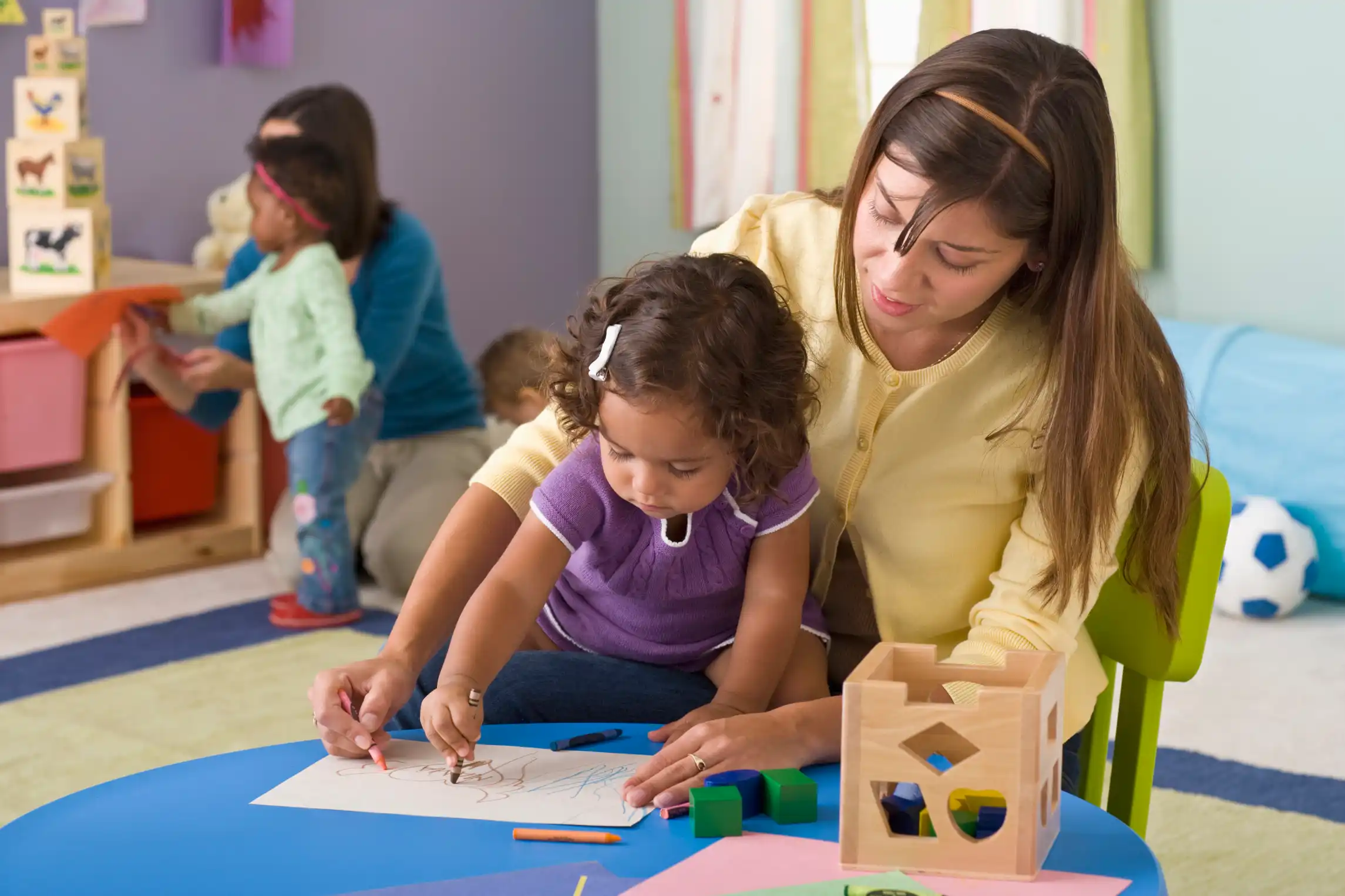Teaching children is a rewarding job that allows you to help them grow and learn. However, numerous teaching positions are available, such as preschool or elementary school teachers. In this post, we’ll explore the responsibilities of a child teacher.
Build a rapport with students and parents.
As a child teacher, you have an essential role to play in the lives of your students. Your job is to help each child reach their full potential and grow into a well-rounded human being. You must build strong relationships with your students and parents to do this effectively.
One way of doing so is ensuring that every child feels welcome at school. This can be done through simple gestures like greeting them when they arrive in the morning or encouraging them when they’re struggling with something at home. Another way would be by keeping in touch with parents via phone calls or email updates about what has been happening during lessons. This helps keep everyone informed about how things are going for each individual student, so everyone knows what needs improving upon next time around!
Understand the functions and goals of school staff members.
As a child teacher, you will be working with many other people. It is important that you understand the school-age childcare teacher’s roles and responsibilities to get the most out of your time at school.
The principal sets the tone for all teachers in his or her building. Because of this, they need to manage both students and staff well while maintaining good relationships with everyone.
Keep an eye on students during recess, lunch and other breaks.
In addition to teaching and monitoring students in the classroom, you’ll also be responsible for keeping an eye on them during recess, lunch and other breaks. It’s important to keep the kids in your care safe. Here are some tips:
- Keep students from going off on their own during recess or lunchtime. A teacher or school staff member should always supervise them.
- Keep students in your sight when they’re going to the bathroom. You want them to be supervised! And make sure that there are no bathrooms that are locked from the inside or require a key card for access (this could lead someone who doesn’t belong there into danger).
- Make sure that no one leaves campus without permission from an adult like yourself. This includes parents who come pick up their kids early from school because it’s raining outside and they want their children to walk home when visibility is poor due to foggy weather conditions.
Prepare engaging lessons that build on students’ interests.
As a child teacher, it will be up to you to make lessons that are fun and build on the student’s interests. This is an important part of the job because it helps keep students interested and engaged in their learning.
If you want to keep your class engaged during class time, try using their interests as inspiration for your lesson plans. For example, if one student has a passion for art or sports, incorporate those subjects into your curriculum by creating art projects based on sports teams or creating sculptures with clay shapes that resemble athletes’ bodies (or whatever).
You can also use this technique outside the classroom by encouraging parents or guardians who share similar passions with their children. Then, invite them over so everyone can learn from each other!
Use classroom management techniques to create a respectful environment for learning.
Here are some ways you can use classroom management techniques to create a respectful environment for learning:
- Positive reinforcement: You reward students for good behavior and effort. The reward can be verbal praise, stars on a chart, or other tokens with privileges like extra recess or free time in the library. For example, if your student has been working hard throughout the day on their assignment and finished it early, you might tell them how proud you are and offer extra help with another task that day so they can feel accomplished!
- Consequences: These are consequences that happen when there has been bad behavior in your classroom. They come in different forms, such as detention (being sent out of class), loss of privileges (no longer being allowed to play soccer outside), or even suspension from school if things get terrible! However, these consequences should only be used when needed because punishments like these do not always work out well, depending on each child’s personality.
Conclusion
As a child teacher, your primary responsibilities are to teach the children in your classroom. You will also be responsible for keeping them safe and helping them learn new things. Your child can do a variety of fun things at St. Bartholomew’s Preschool, which is a warm and welcoming place where education, kindness, and generosity are highly valued. Contact St. Bartholomew’s Preschool right now.
Read our other blog article:
The Advantages of Becoming an Online Tutor:


